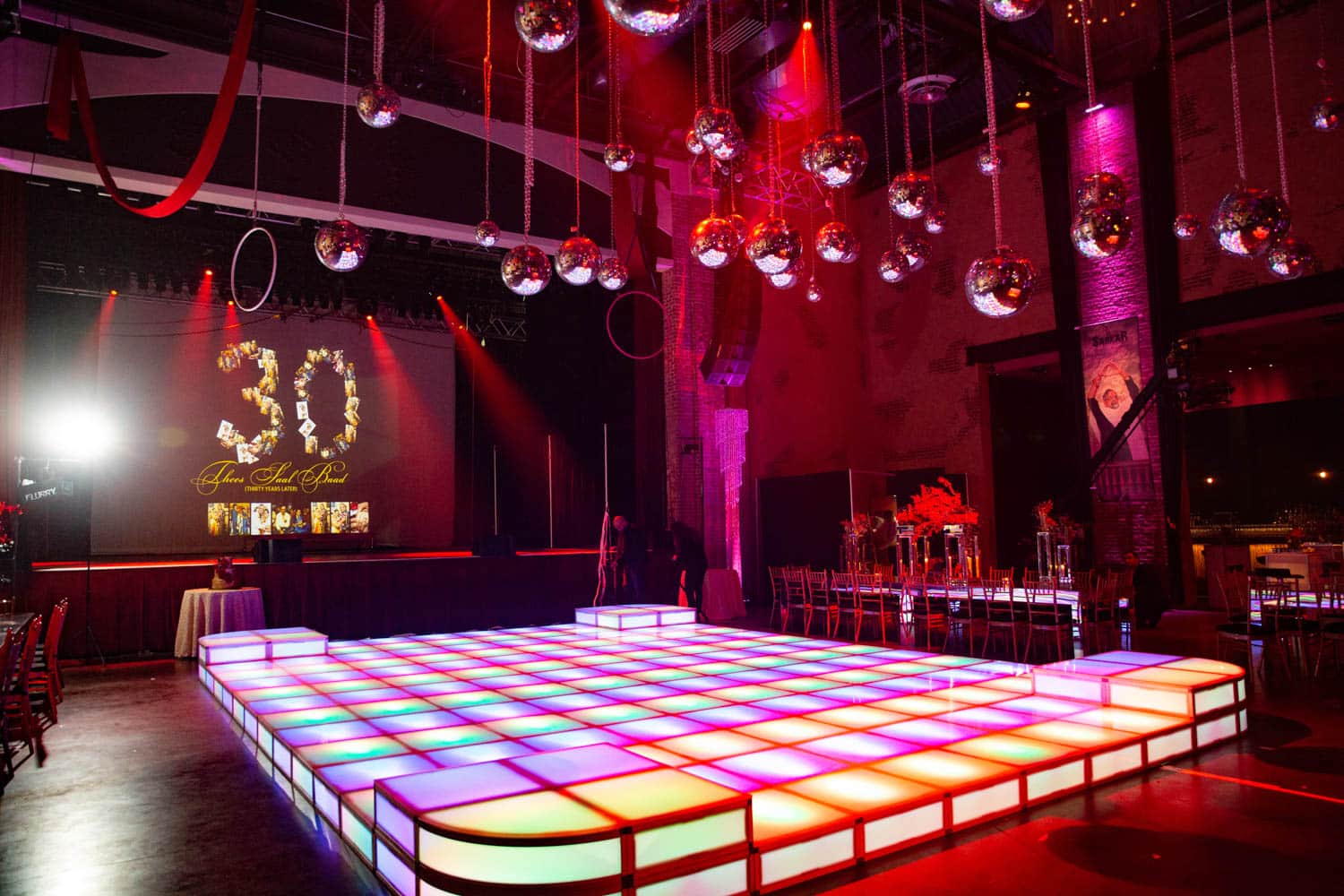Revolutionizing Audience Interaction Through Engaging Virtual Reality Experiences within Live Productions
Revolutionizing Audience Interaction Through Engaging Virtual Reality Experiences within Live Productions
Blog Article
Within recent years, digital VR has become as potent instrument for enhancing audience involvement in live performances. Such technology enables audiences to immerse themselves in a three-dimensional setting, crafting a unique experience that conventional formats cannot duplicate. By using VR, creators can move viewers into the heart of the action, causing them feel as if they are integral of the show. This innovative approach not only captivates viewers but also unlocks new opportunities for storytelling and interaction.
One of the primary benefits of using VR in live performances is the capability to create a greater engaging encounter. Audiences can engage with the performance in real-time, influencing the result or discovering different viewpoints. For example, in a theater production, viewers wearing VR goggles can select to pursue particular roles or scenes, allowing them to customize their encounter. This degree of engagement fosters a more profound bond between the viewers and the show, rendering it more memorable and impactful.
Moreover, VR technology can enhance the visual and auditory elements of a live production. Using top-notch visuals and audio engineering, creators can build stunning settings that attract audiences in. This engaging characteristic can raise the overall experience, rendering it even more captivating and pleasurable. For example, a musical performance can be converted into a rich encounter, where audience members experience as if they are standing in front with the artists. Such improvements not just draw bigger viewers but also promote return viewing, as viewers seek to relive the excitement.
In addition enhancing viewer involvement, VR can also offer insightful data for creators. Through examining how audiences engage with the digital setting, producers can collect data on audience likes and behaviors. This information can inform future performances, assisting to customize material to more effectively satisfy the demands and wants of the audience. As a result, VR not only enriches the current experience but also contributes to the read this article development of real-time performances as a complete entity.
With the advancements continues to advance, the potential for VR in live productions is immense. Ranging from stage shows and musical events to athletic events and festivals, the possibilities are endless. Through adopting this cutting-edge method, producers can revolutionize the way audiences experience real-time performances. With an increasing number of creators explore the integration of VR, it is probable that we will witness a shift in how performances are designed and presented, eventually resulting to a more engaging and interactive prospect for real-time performances.